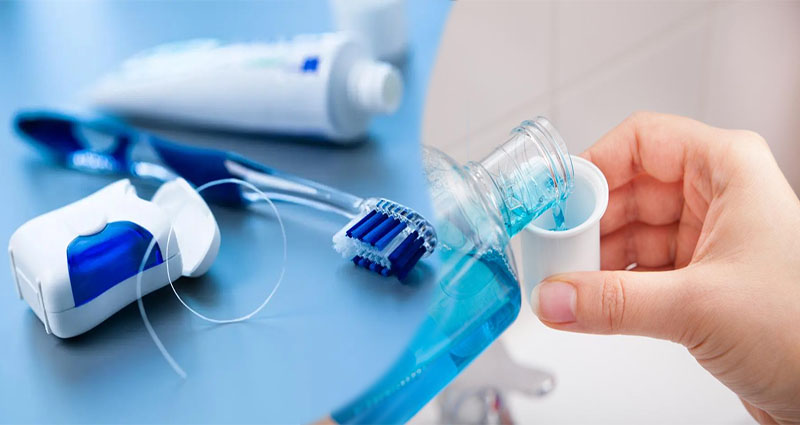Oral hygiene products fall into three broad categories: Antiseptic, plaque-inhibiting, and preventive. Personal oral care products are categorized as preventive oral care products. Dental plaque-disclosing products are categorized as personal oral care products. The market for these products is projected to grow over the next decade. The report provides an overview of the market, including market growth, product types, and end users. It also identifies key competitors.
Antiseptic, plaque-inhibiting, and preventive mouthwashes
Many mouthwashes are categorized as antiseptic, plaque-inhibiting, or preventive, depending on their primary purpose. Antiseptics are those that prevent plaque from forming on tooth surfaces, while plaque-inhibiting mouthwashes block bacterial enzymes that are necessary for the development of dental plaque. Plaque-inhibiting mouthwashes can also help prevent tooth decay by inhibiting the production of glucan, which is the building block of gum disease.
These products are more popular than ever, and they can be effective if used correctly. While brushing and flossing are essential for keeping the mouth free of plaque, they only stunt the buildup of plaque. Mouthwashes can help regulate plaque bacteria numbers, and they may even reverse early caries lesions. If you’re unsure of which type of mouthwash to use, ask your dentist for recommendations.
Personal oral care products
There are many differences between personal oral care products. They can be classified according to their composition, method of use, or purpose. Mechanical oral care products include toothbrushes, floss, and wooden tips, while chemotherapeutic products include mouthwash, toothpaste, and bleaching agents. Another important distinction between oral care products is whether they are natural or synthetic. These differences can be important in making informed decisions when purchasing oral care products.
Most dentists prescribe personal oral care products to their patients and family members. The most popular brands are Sensodyne, Parodontax, Lacalut, and Blend- a-med. The remaining 15 brands are mentioned less frequently in patient consultations. While some products are more effective than others, some may be counterproductive. To avoid a potential misunderstanding, it is important to know how oral care products are classified.
Dental plaque-disclosing products
Health Canada has posted a notice announcing its intention to regulate dental plaque-disclosing products as drugs. As a result, no new product will be permitted in the marketplace without a DIN or NPN. A DIN or NPN allows Health Canada to ensure that a product meets its mandate and objectives. Moreover, a DIN provides consumers with essential information about a dental plaque-disclosing product.
Using a dental plaque-disclosing product is like using a colored pen or toothpaste to examine your teeth. The difference lies in the way it shows the color of the plaque and the ease with which you should brush your teeth. There are several types of these products, each of which has different features and uses. A dental plaque- disclosing tablet, for example, reveals a color-coded chart that shows where you’ve removed plaque. Other types of plaque-disclosing products include floss and oral rinses.












